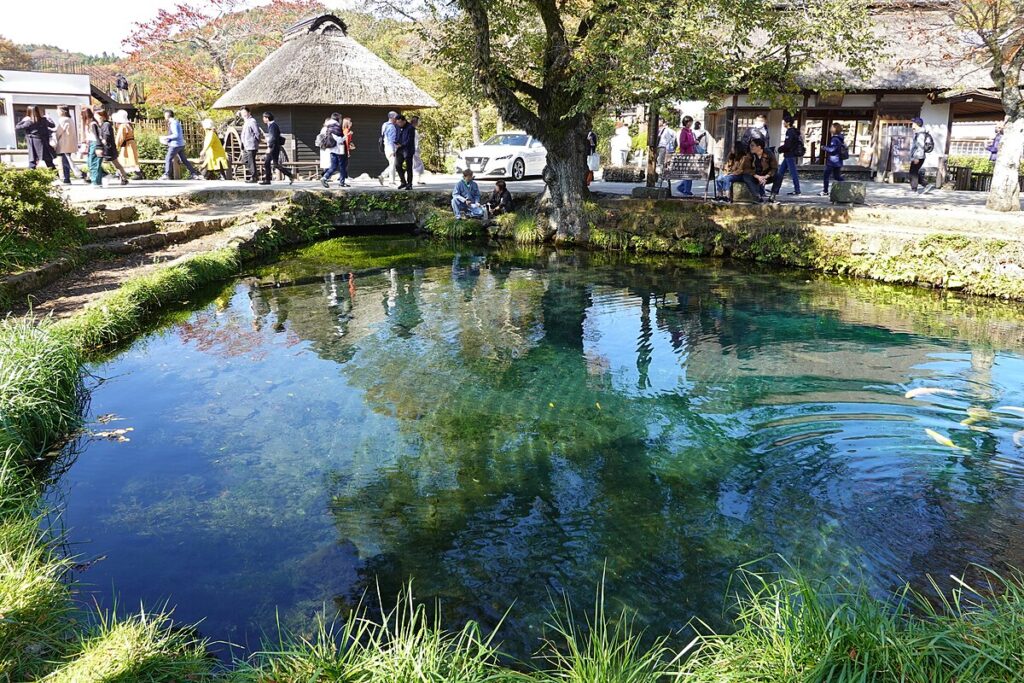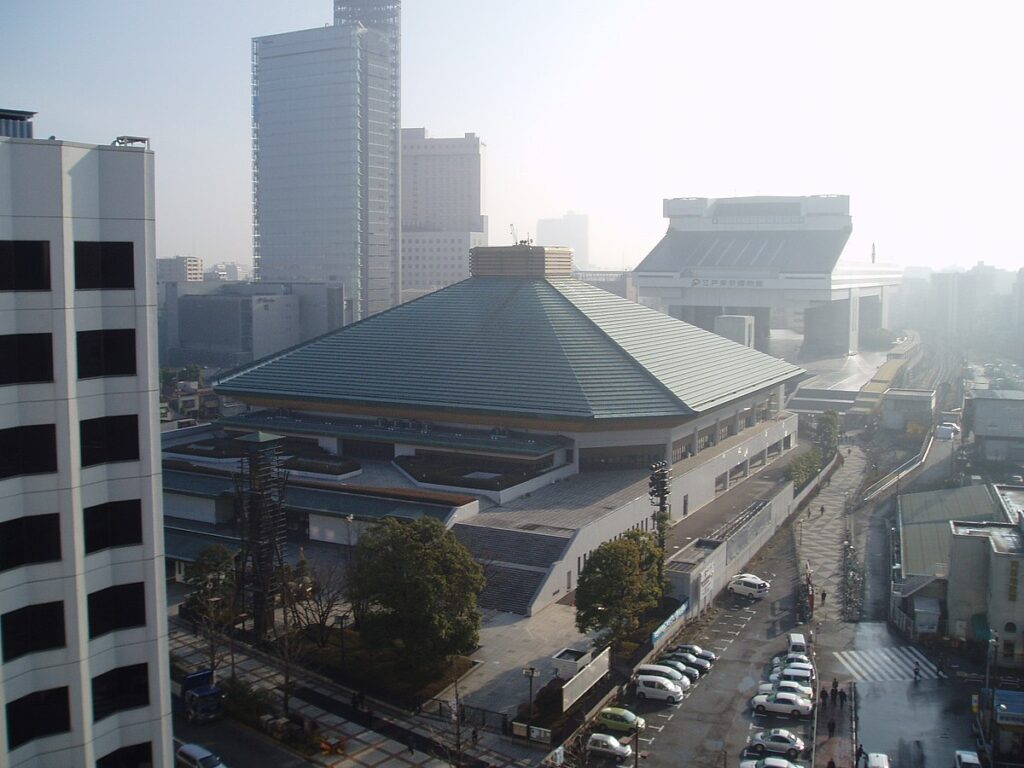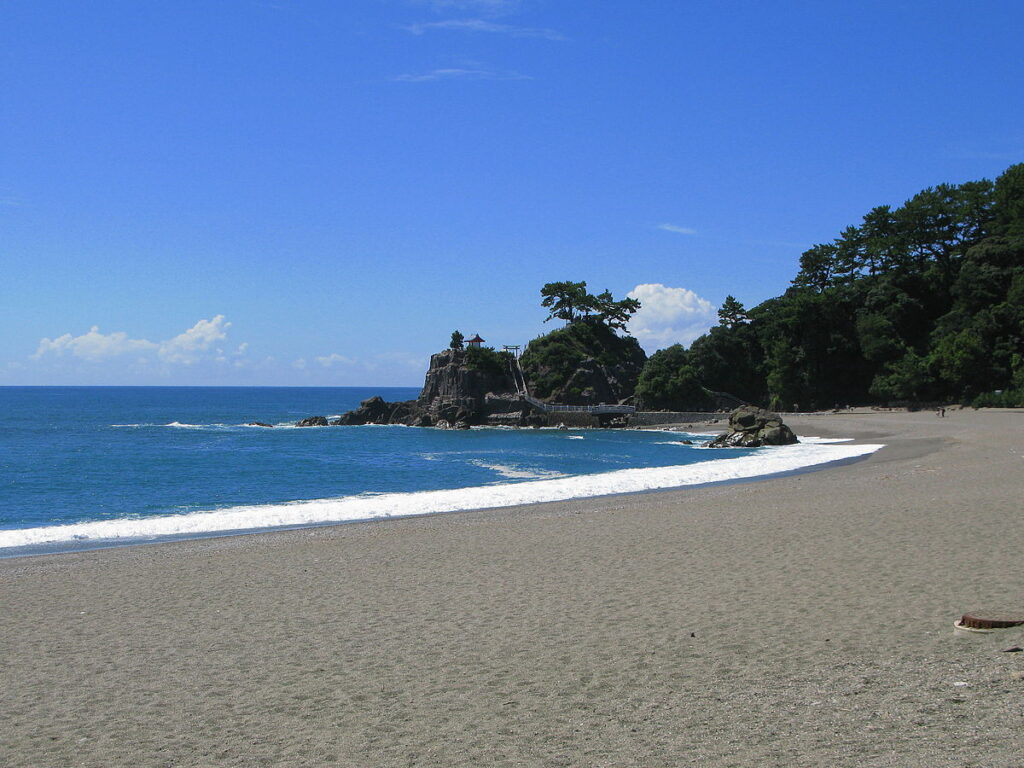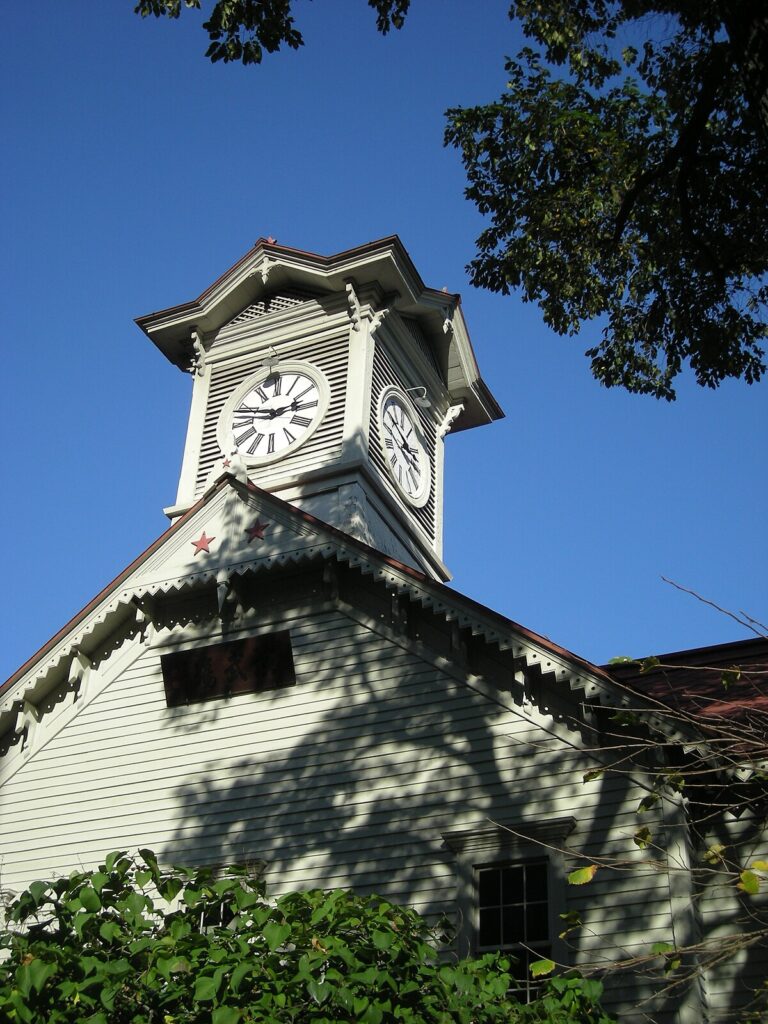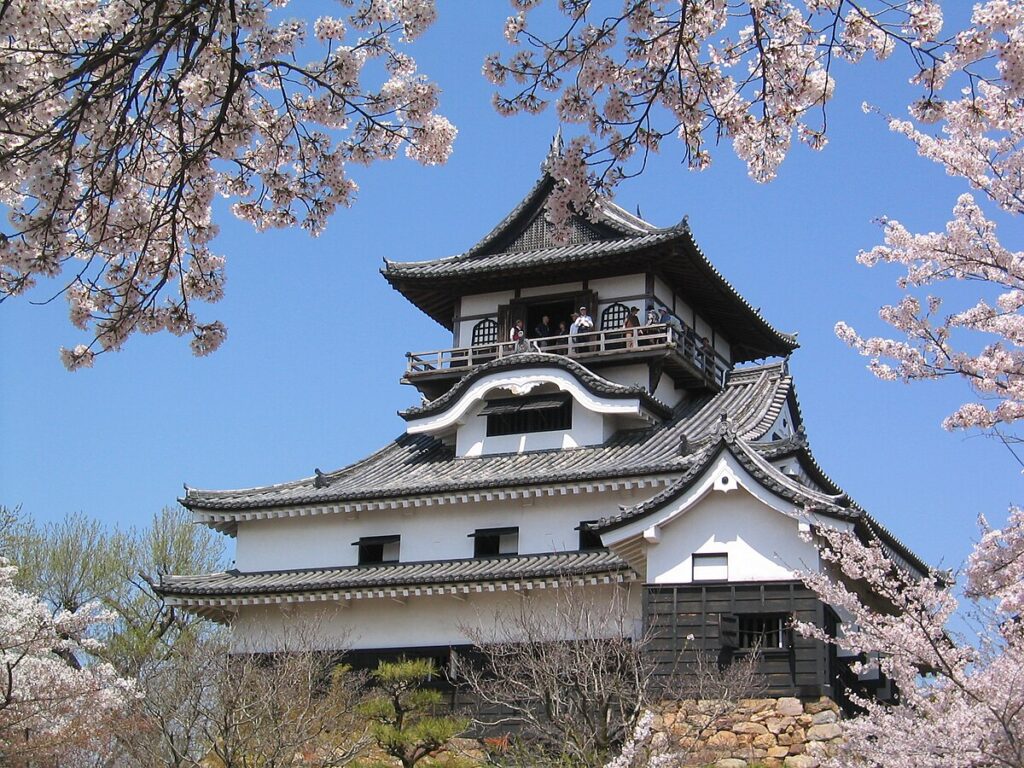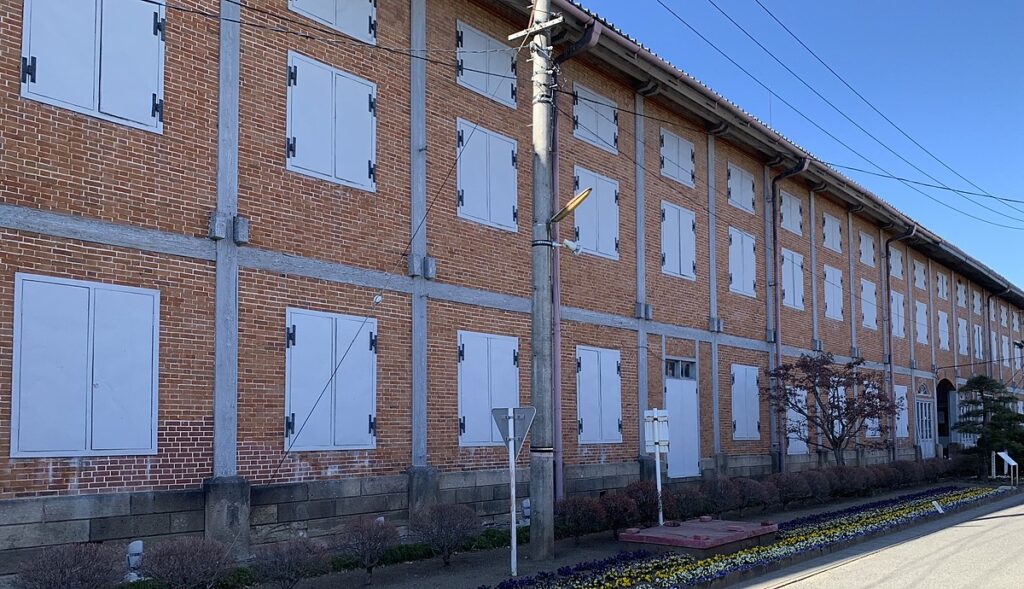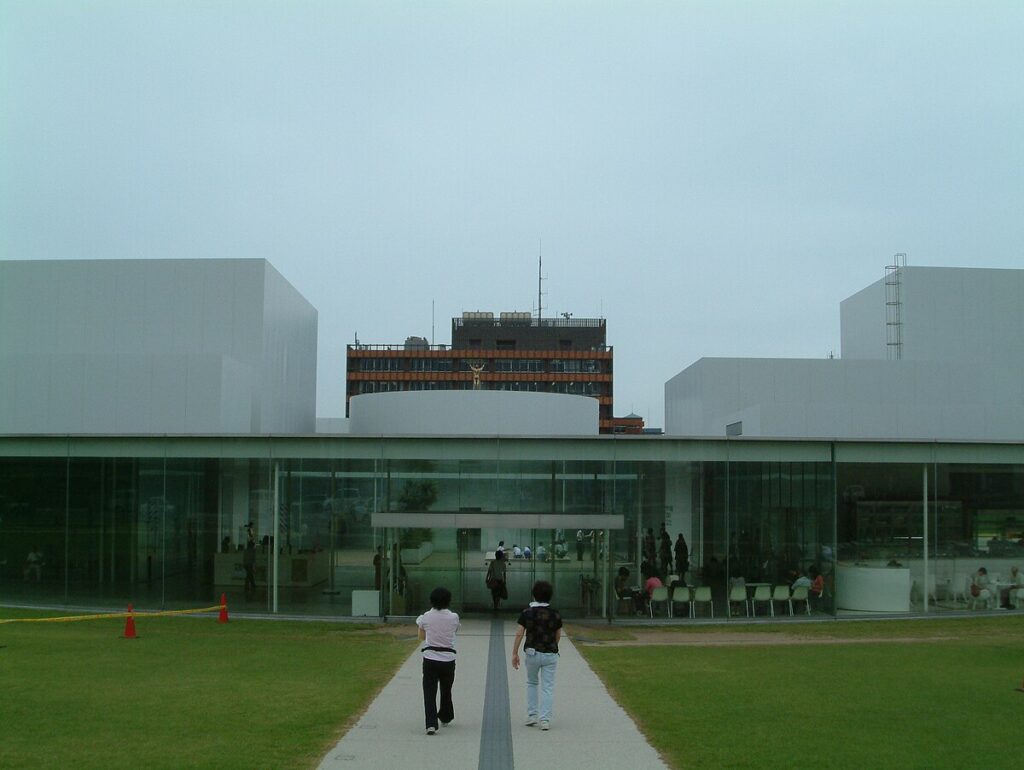-

Oshino Hakkai (Oshino Village, Minamitsuru District, Yamanashi Prefecture)
Overview (History, Features, and Attractions) Oshino Hakkai is the collective name for eight spring-fed ponds in Oshino Village, Minamitsuru District, Yamanashi Prefecture, where meltwater from Mount Fuji filters through lava layers and springs forth. Since ancient times, these ponds have been treasured for their water needs and as religious sites, and the crystal clear water and the beautiful view of Mount Fuji reflected in the ponds are a major draw... -

Ryogoku Kokugikan (Sumida Ward, Tokyo)
Overview (History, Features, and Attractions) Ryogoku Kokugikan is the central sumo stadium in Sumida Ward, Tokyo. The current building opened in 1985, and since then it has been a popular venue for honbasho (official sumo tournaments) held in Tokyo. It features a traditional sumo ring (dohyo)... -

Katsurahama Beach (Kochi City, Kochi Prefecture)
Katsurahama (Kochi City, Kochi Prefecture) Overview (History, Features, and Attractions) Katsurahama is a coastline facing the Pacific Ocean located at the southern tip of Kochi City. It is known for its ever-changing seascape and the majestic scenery created by rough waves. In particular, the view of the "Sakamoto Ryoma Statue" gazing out to sea is one of Kochi's iconic sights, and a staple tourist photo spot. -

Sapporo Clock Tower (Sapporo, Hokkaido)
Overview (History, Features, and Attractions) The Sapporo Clock Tower (Chuo Ward, Sapporo) is a historic wooden structure built during the Meiji period. It was originally used as a training hall (auditorium) for the former Sapporo Agricultural College. The white wooden exterior and the large mechanical clock mounted on the symbolic turret... -

Inuyama Castle (Inuyama City, Aichi Prefecture)
Overview (History, Features, and Attractions) Inuyama Castle (Inuyama City, Aichi Prefecture) is one of Japan's famous castles with a surviving wooden keep, and is a historic structure designated as an Important Cultural Property (or National Treasure). The current keep is believed to have been built between the end of the Muromachi period and the Sengoku period (around the 16th century), and is one of only 12 remaining keep towers. -

Yufuin Hot Springs (Yufu City, Oita Prefecture)
Overview (History, Features, and Attractions) Yufuin Onsen (Yufu City, Oita Prefecture) is a hot spring resort located at the foot of Mount Yufu, known for its abundant nature and relaxing atmosphere. It developed as a tourist destination from the Meiji to Taisho periods, and in recent years has become known as a "scenic hot spring resort" that combines a charming hot spring town with an art museum, cafe, and gallery. -

Tomioka Silk Mill (Tomioka City, Gunma Prefecture)
Overview (History, Features, and Attractions) The Tomioka Silk Mill is a Meiji-era government-run modern silk mill located in Tomioka City, Gunma Prefecture, established in 1872 (Meiji 5). It was a pioneering facility that introduced modern mechanized silk-reeling technology to Japan, and its unique architecture combines Western-style architecture, primarily brick construction, with Japanese timber-frame construction. -

Senkoji Temple (Onomichi City, Hiroshima Prefecture)
Overview (History, Features, and Attractions) Senkoji Temple is located midway up Mount Senko, towering over the center of Onomichi City, Hiroshima Prefecture, near the summit. It is one of Onomichi's most famous tourist attractions. It is said to have been founded in the Heian period and has watched over Onomichi's faith and culture throughout its long history. The view from the summit is unbeatable... -

Takeda Castle Ruins (Asago City, Hyogo Prefecture)
Overview (History, Features, and Attractions) Takeda Castle Ruins (Asago City, Hyogo Prefecture) are the remains of a medieval mountain castle built on a mountain ridge. With its stone walls still in good condition, the castle is a popular tourist destination both in Japan and abroad, nicknamed "Japan's Machu Picchu" and "Castle in the Sky." Construction of the castle dates back to the Muromachi period (15th century) and it was an important castle in the Tajima region. -

21st Century Museum of Contemporary Art, Kanazawa (Kanazawa City, Ishikawa Prefecture)
Overview (History, Features, and Appeal): The 21st Century Museum of Contemporary Art, Kanazawa is a contemporary art museum located in Kanazawa City, Ishikawa Prefecture, and opened in 2004. The building was designed by the world-renowned architectural unit SANAA (Kazuyo Sejima and Ryue Nishizawa), and its distinctive feature is its circular building and spatial composition that gently connects the interior and exterior...

